GRAS DRÜBER WACHSEN LASSEN – EIN INTERVIEW
Ecology is most interesting for me, when it is about ecosystem restoration. But there is more to it than the shallow demand for more trees. How does one start something like this, what do you get and which surprises do such projects hold? Dr. Stephen Mureithi from the University of Nairobi, Kenya, made some time for me.
The problem
Isabella: How did you get the idea to do research about grass?
Stephen: During university I did some field trips where I started noticing that most of the dry lands we were taught about were being degraded. So my question was “How can I help the pastoral communities, which are living in those areas, to cope with drought?”
In places like Turkana, where people are still nomadic (yet in some places they are settled in villages) they really suffer when there is a protracted dry season. Their animals are dying, there is no milk. And that is their main livelihood. They do not have anything else. What if they would have a thousand acres with good grass and a well filled barn? They would be able to link up to the wet season.
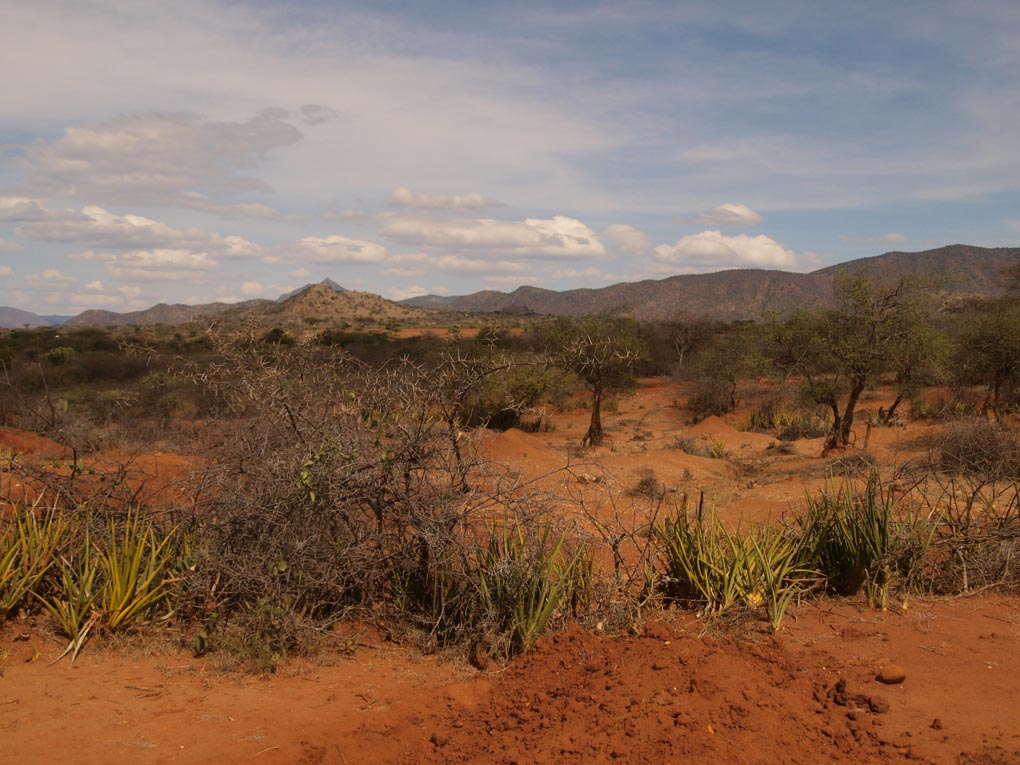
The cause
I: I have heard it was better before. How come that those range lands have been degraded that much?
S: Some areas had good grass, but because of the population increase and large herds of cattle the traditional grazing management structures have led to overgrazing. The elders where controlling few herds and people were listening to them. But nowadays young people are more learned, they have guns. They have a mindset of „What is this old man telling us, we can graze anywhere and you’ll do nothing about it.“ Of course that leads to problems.
I: So it does not have to do with the colonial government, which has brought a lot of problems in the rift valley?
S: Yes, the colonial government displaced some communities, but mostly in the highlands, where they wanted to farm or around Laikipia, where they wanted to have ranches. But the dry lands… the population of the pastoralist community was very low. If they were displaced the effect was small.
If you look at private ranches in Laikipia, they still have a good grass cover. But outside of the fence the community area is completely bare. That means something is not happening right in the community held land. The mindset of „Oh it’s free for all, I have to take something before someone else takes it“. That issue of competition is bringing the tragedy of the commons.
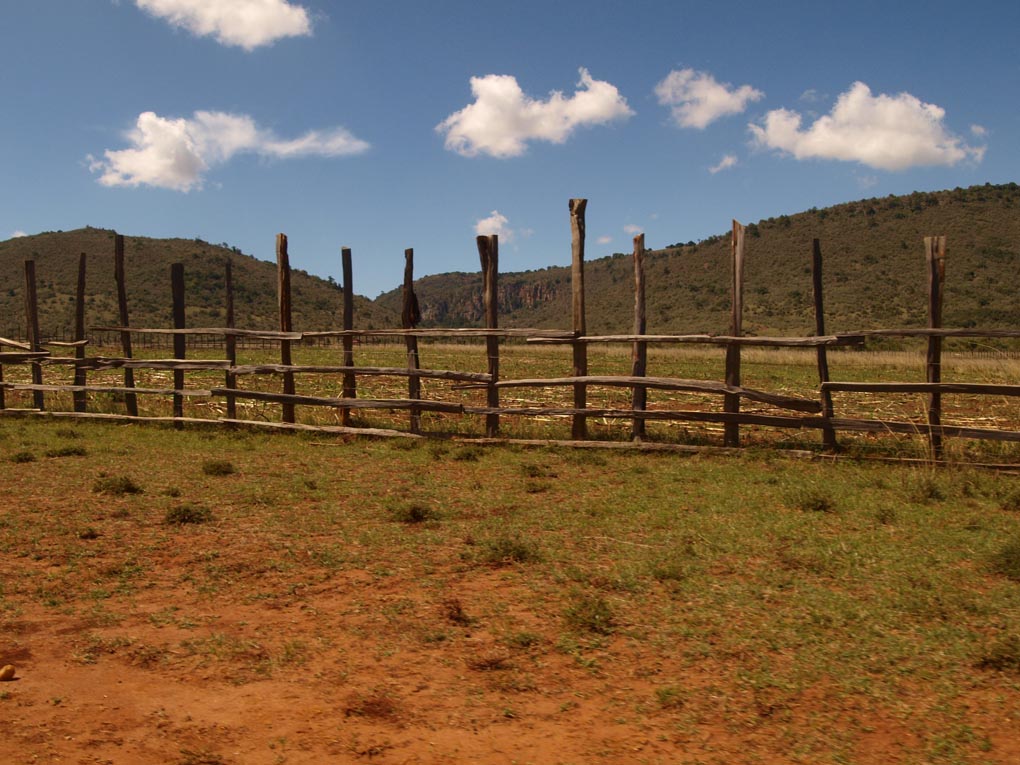
After the solution
I: Some restoration projects have accidentally set of a wave of land privatization in some areas. What do you think about that?
S: If you look at satellite images of a pastoral communities in Laikipia, you see the whole place does not have herbaceous cover. And you wonder, are these people better off if they say “We want this nice communal field where our livestock has nothing to graze on.”?
By going this way, we are not saying they have to own individual plots, they can own it as a group or maybe as a number of households. So it’s still communal. But I think they are better off, if it is restored and they learn grass husbandry and the grass value chain as opposed to when it is only bare soil.
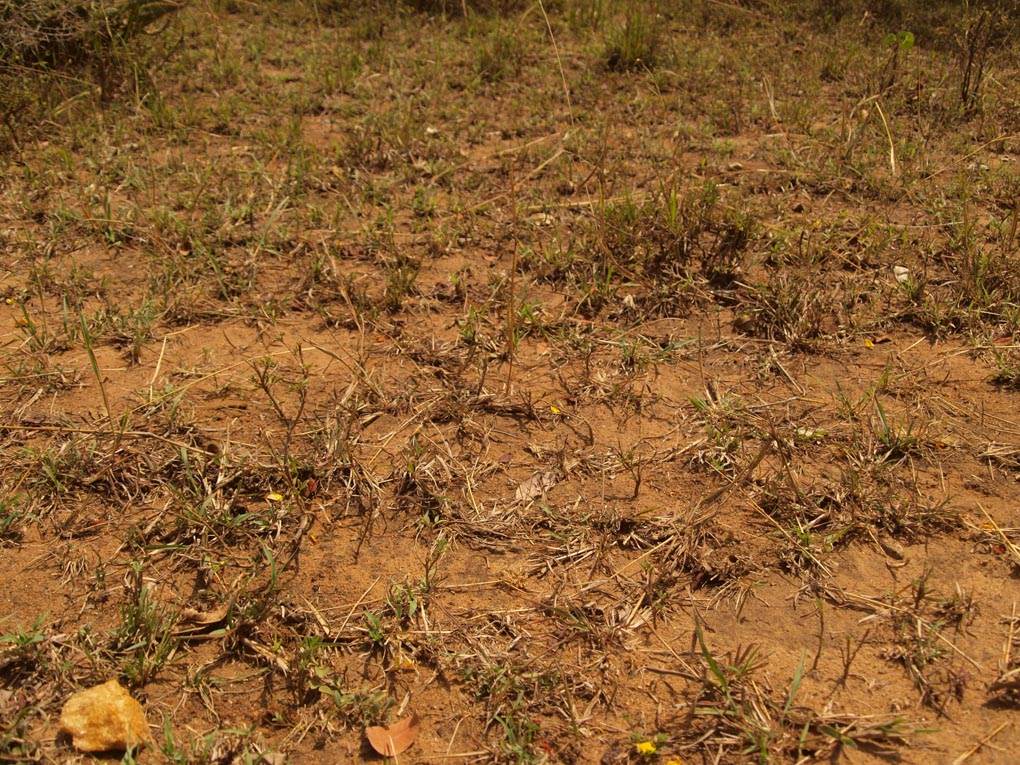
I: In addition to the land restoration process you are teaching communities in capacity building. You are teaching them how to manage the restored land, how to make hay and sell it, you are adding value chains and link communities to markets. Why is it not possible to teach sustainable pastoralism without the capitalist side of selling everything?
S: Your question is good and it’s something that we keep thinking about. Pastoralists are interested in good and modern life like anybody else.
I think we can cheat ourselves that there is somebody who loves to stay in the dry, pastoral area. Without development, without taking their children to school. We can idealize on that. But if you listen to them closely, they also want an to have income to be able to do this, to educate their children, to afford stuff.
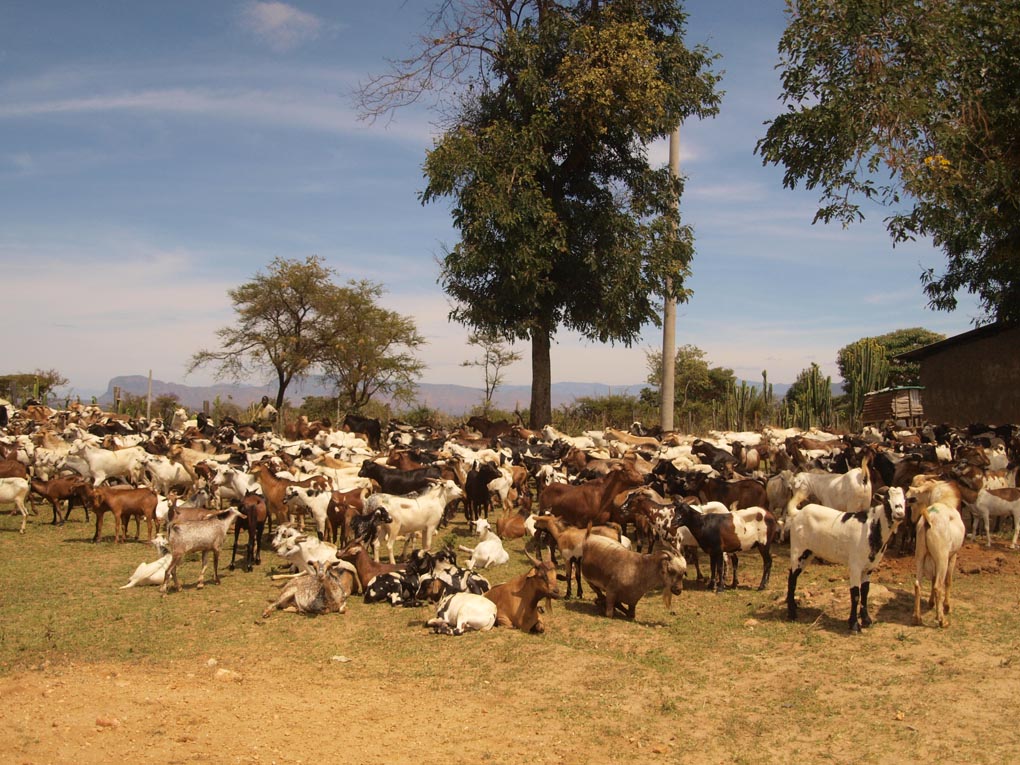
Money can come second, but it will come, because peoples lives are changing. We cannot have the world changing, going very fast like in Kenya, yet some groups of people are being left behind too much. So I think we have to talk holistically.
There is a lot of demand of meat and milk. If they are able to take a lot of lifestock to the market, it is an opportunity. Because the best crop for these drylands is grass and then they sell the cow and they can buy what they want. So we cannot seriously avoid to talk about money.
I: This is only the beginning of this development dynamic. Which means, right now a lot of resources are set free, which will be tied up again in the future. What do you think are future problems of these developments?
S: In pastoral areas there are people who are the lead farmers, who adapt new practices quickly, who are going to be the rich people of that area soon. Especially if they are a little bit educated and then they discover that there is wealth to be made. If you have money, there is power that comes with it. Then they can systematically aquire more land. Some of this land in those areas is not demarcated yet. Those farmers will start fencing it early and in the future people will say ‘Ok, that’s where his fence reaches, so that’s his land.” Also there will probably be people who will fall out of the system, because they adapt slowly. During draughts they crash, their livestock numbers go down and they are not able to recover.
And in the future with capitalism, growing and selling grass, market linked, there are people who are going to be poorer. But maybe there is also a group of people who are going to be very rich in the same system. So that is going to be a challenge.
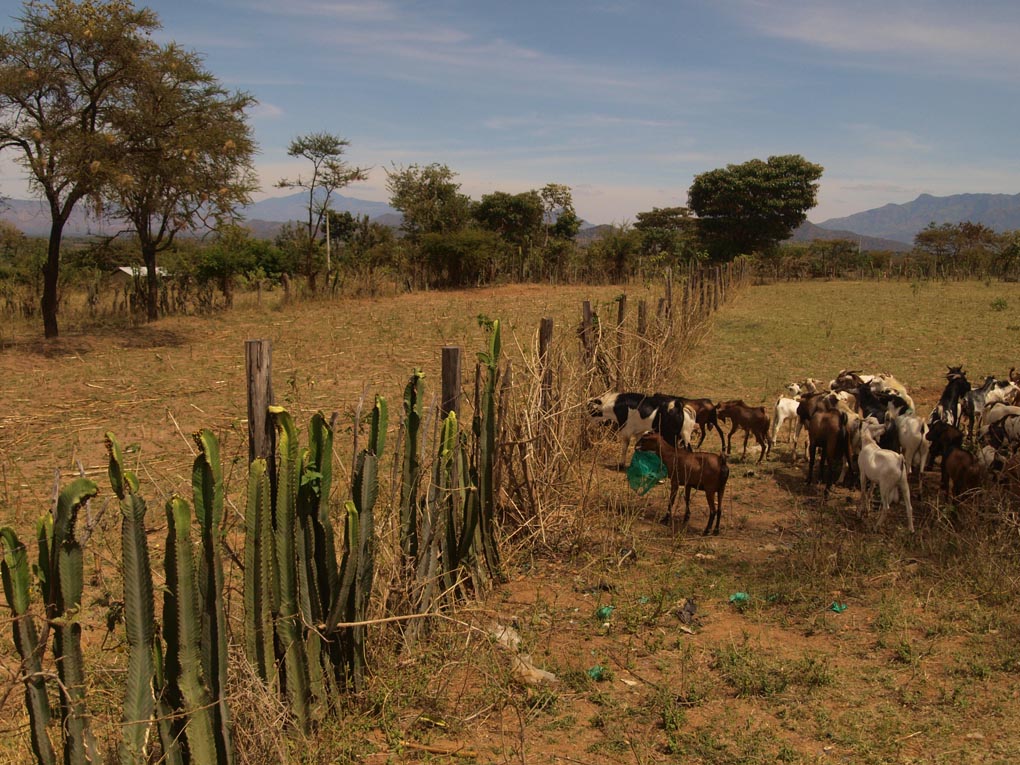
Hard stuff…
I: And what were your biggest challenges during the project?
S: One of the most difficult things was governance. It is easy to restore land which belongs to a private person. They make decisions quickly and know what to do and implement. So if they decide to rehabilitate 5,000 hectares you can quickly do that.
But pastoral communities are not used to cultivating crops and now you are telling them „Look, we want you cultivate grass as a crop.“ Sometimes they told us, "Grass belongs to god.“ Then I told them „God grew grass, but you overgrazed everything. So please, we have to work with god to put it back.“
That change of mind is the biggest challenge that we face. Because it will take 30 years to completely have a generation that is thinking „Grass is money, we have to grow it.“ It is a slow walk and a long journey. So it cannot be within a normal project time frame of three years. Engage three years, plant some grass, then disengage. Of course that land will go bad again.
I: So another big challenge was your time frame?
S: Yes, the time frame is always a challenge. But what we are doing now is partnering. I was working on a project in Northern Kenya. It was funded only for one year.
We brought together all the players within the county. We sat down and said „Where my project ends, can somebody else, who has funding, start there?“ Now the original project ended, but we got another project funded through other organizations in the same area.
… and simple things
I: What was the easy part of your research?
S: There is nothing easy. The easiest part is to put grass seed down and wait for the rain and see it germinate. That means you have the money and the collaboration in the field. The land is prepared well already, maybe putting a temporary exclosure in place, which means we cut thorn bushes and dug water harvesting structures.
Eventually they are amazed to see something that was just bare becoming green. That is easiest. And then one of the most challenging things is to maintain that. Sustainability. And that’s when you come about with grazing systems. After the restoration, you start building the capacity of the people to manage the restored area. You teach them that you can get other benefits from grass, including grass seed that you can sell, 1000ksh (10€) per kilo. Then you can harvest the hay and then they can fatten their livestock.
How to do it
I: How did you finally manage to put the grass back?
S: I asked myself „What grass existed here before?“ Then we had a sitting with the herders, to find out what species existed. Sometimes I asked them to scout for me and bring evidence, for the grass species they claimed existed. Then they showed me grass species that used to be there but had disappeared. We knew some of them from other areas.
The problem is some of them propagate through rizhomes or stolons. Those are more difficult to rehabilitate, because they do not have seeds. But it still helped, because it showed the local species vis a vis the ones we can bring easily by using seeds from somewhere else. We have identified five grass species, among them Entropogon macrostachus and Cenchrus ciliaris, that we can use for rangeland rehabilitation.
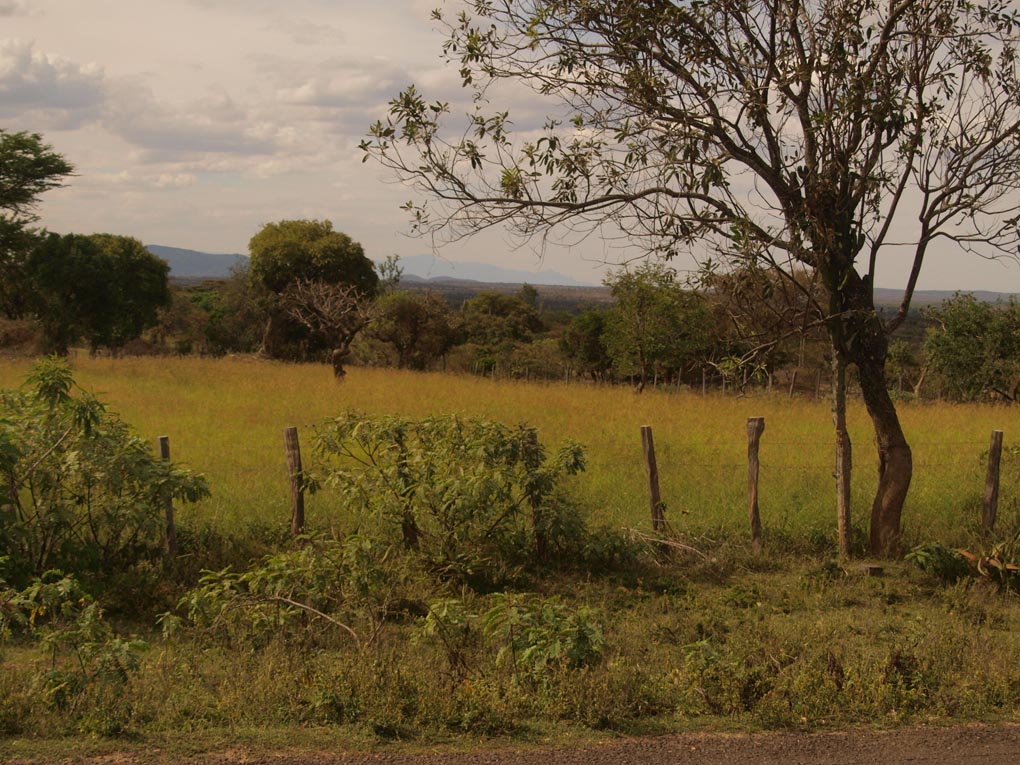
I: What ecological changes did you see after the project?
S: Surprisingly three grass species came back. Probably because the seeds were still in the soil seed bank. Because of degradation and over grazing the conditions were not good for their germination. If they germinated at all they were quickly taken out by the livestock. We have done some studies in other places and we saw that there is more biodiversity in the restored areas.
I: If you could do your project again, what would you do differently?
S: Except everything? I would do more scouting. For example, recently was in northern Kenya at a river bank where I found an ecotype of Sencreas egalis. I could try to propagate it and use it to rehabilitate the river bank there, locally, instead of bringing another ecopype from south-eastern Kenya.
So I would try to go that way, find seeds of ecotypes, multiply them locally and use them locally. That way we avoid genetically homogenizing the range lands.
If you have an ecotype for the mountains, one for the midrange and one for the lowlands you keep genetic heterogeneity. Because different ecotypes might respond differently to draught.
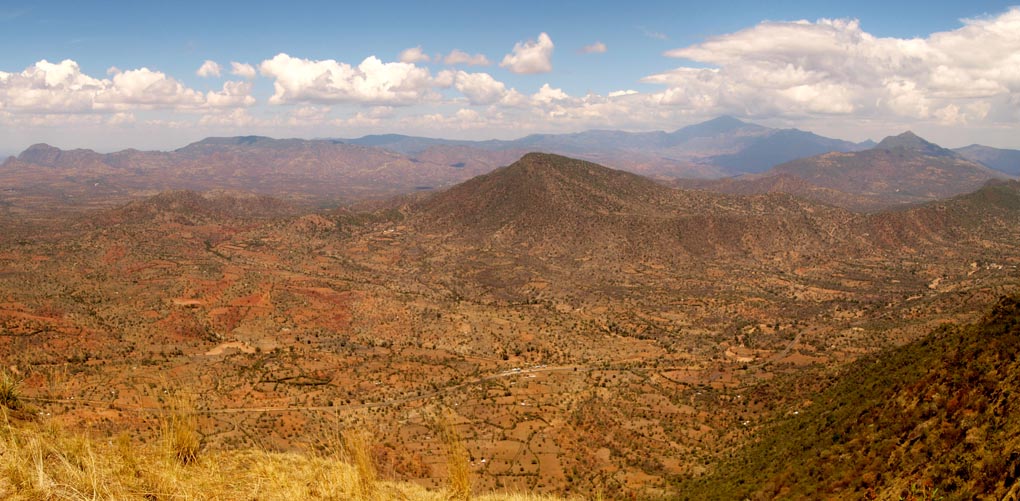
At the end
I: What was one thing during your project that surprised you?
S: A good surprise is the look on the face of a farmer when he or she gets the first money from grass.
They said „Now we have money from grass?! I can’t believe it. Earlier we had to sell a cow, now this is money from grass.“ It is amazing to see this.
And to deal with the people, to see that change in the mind of people. A chairman of a fodder group said „We are going to do this over and over again!“. And I think they are going to be rich. So I told them „You see, you only need to protect where the grass is growing and weed it a little bit.“.
See the original text here..
See the original text here..





0 comments:
Post a Comment